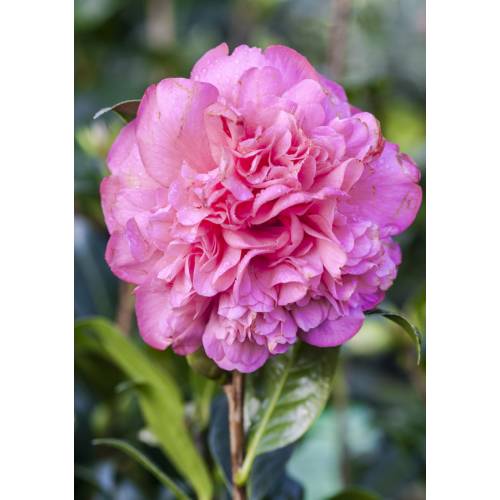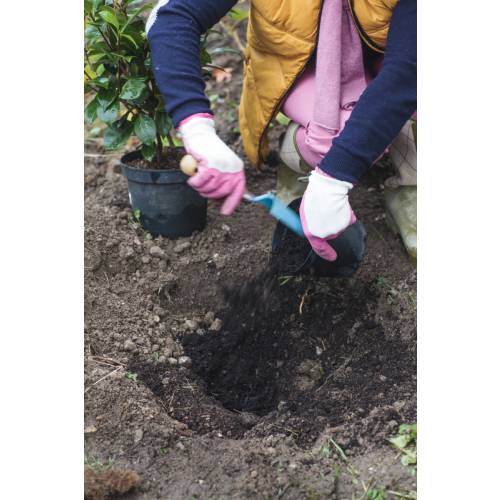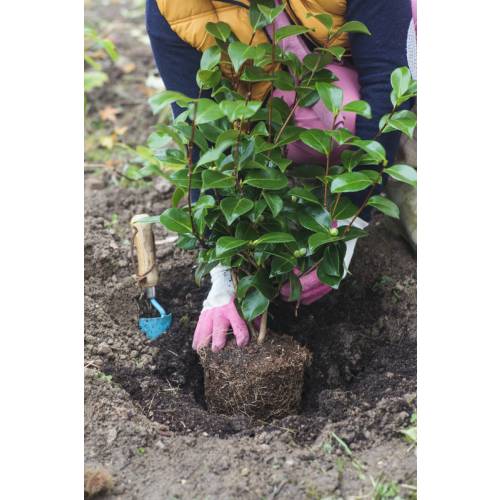
Cure
Caring for a Camellia
- Details
-
This shrub has the unfair reputation of being difficult. The Camellia has simple needs and likes, before anything, else stability. If you can provide this, it will reward you for a very long time!
To each variety, its own rhythm
Camellias have a lot of different varieties, and each one, just like Roses, has its own foliage and blossom habits.
Camellias which have shiny leaves and pompom-shaped, often double flowers (Peonies type Camellia’ flowers), often grow slowly (10 to 20 cm per year). They do not grow higher than 2 metres.
Camellias which have dark, matt leaves with single or semi-double flowers (Camellias of the ‘Reticulata’ type) grow quicker (up to 40 cm per year). They easily reach 3 m and more.
Camellias ‘Sasanquas’, have often early flowering, fragrant, single, small flowers. They can reach 3m and grow quickly.
“Landscaping” Camellias have small flowers and do not grow higher than 1.50 m.
‘Tea tree’ Camellias, are grown for their foliage. They are sensitive to big cold spells and do not grow higher than 1 m.
Identical needs
All Camellias, without any exceptions, have four enemies. They are all sensitive to these, whatever their type.
Calcareous excesses: (do not hesitate to test your soil pH to know if it is really chalky). As long as the soil is enriched with organic matters, (mature compost, a soil-enriching agent or heath peat) there is nothing to fear. As maintenance, conifers wastes (Pine needles, wastes from pruned hedges…), acidify the soil at the Camellias roots when used as mulch.
Dry soil: It prevents them from developing properly and even makes them wither. The soil must never be dry… but not soaking wet either, as they are not plants suited to marshlands! Here again, a mulch at the roots will avoid too many watering. A thirsty Camellia is more sensitive to diseases, in particular to cochineal insects.
Windy sites: They make the blooms drop and shorten flowers’ life. If grown in pots, place your Camellias in a wind-protected area.
Full sun: Camellias thrive in mid-shade. A little bit of sun in the morning (2 to 3 h) is suitable but the afternoon sunshine scorches them and discolours their leaves which could be mistaken for a fertilizer shortage or too much chalk. Be careful not to let them cook! - Photos (3)



